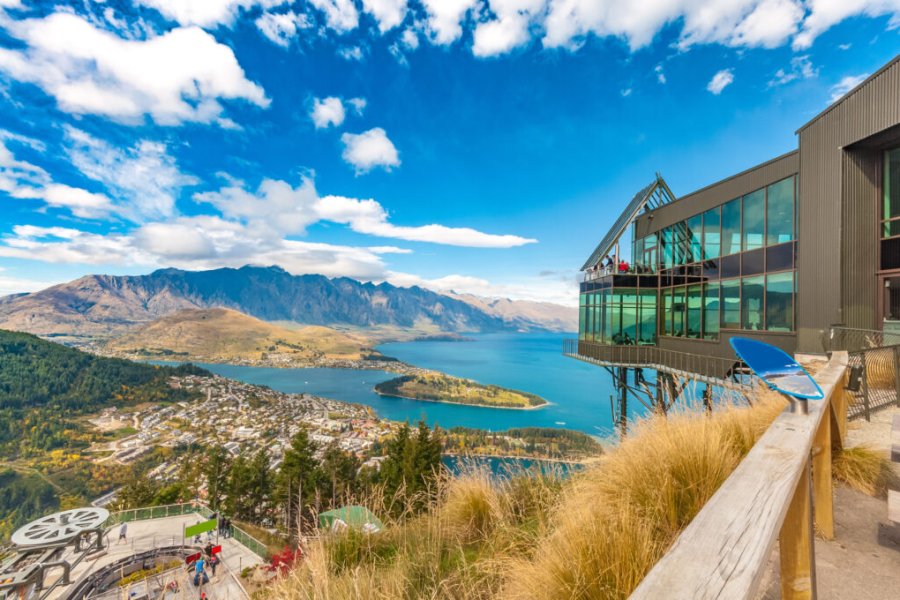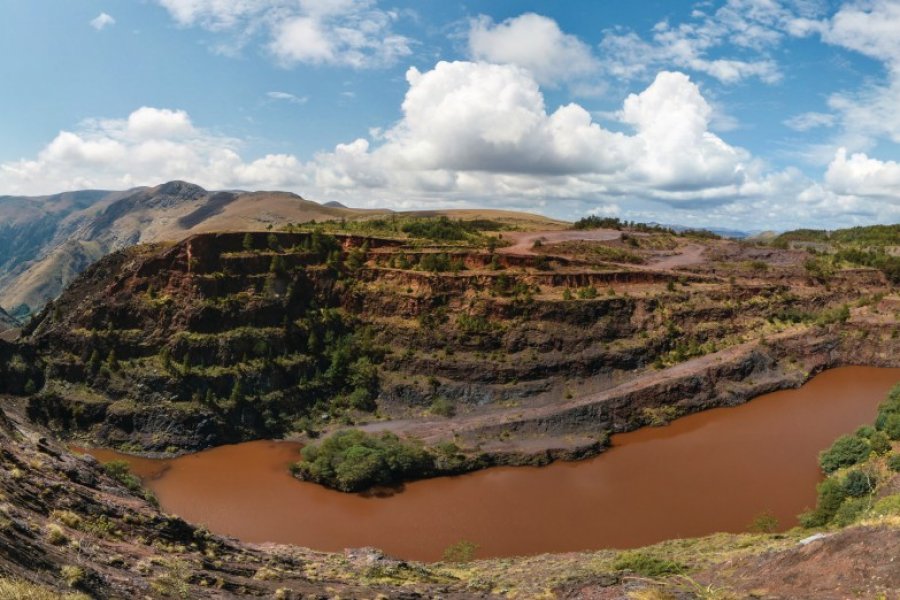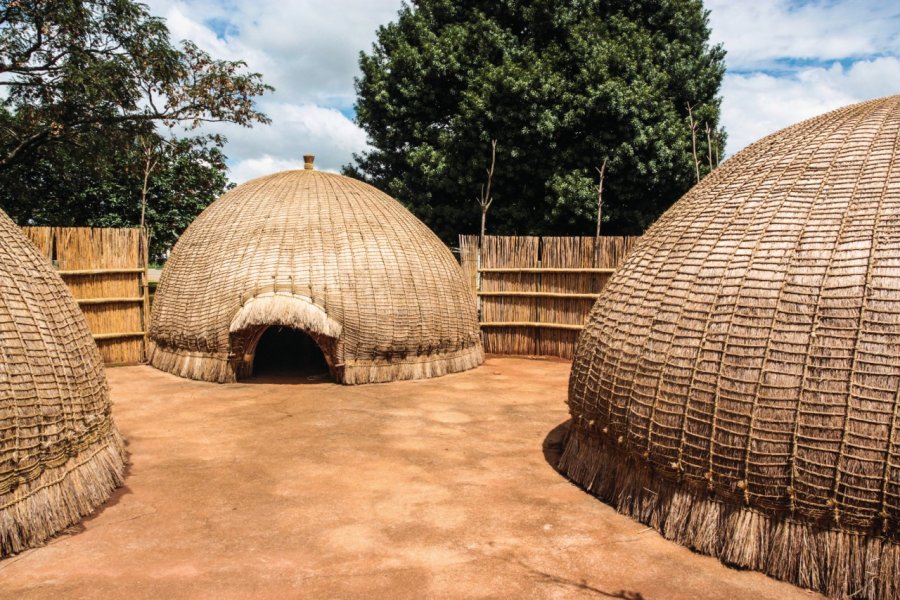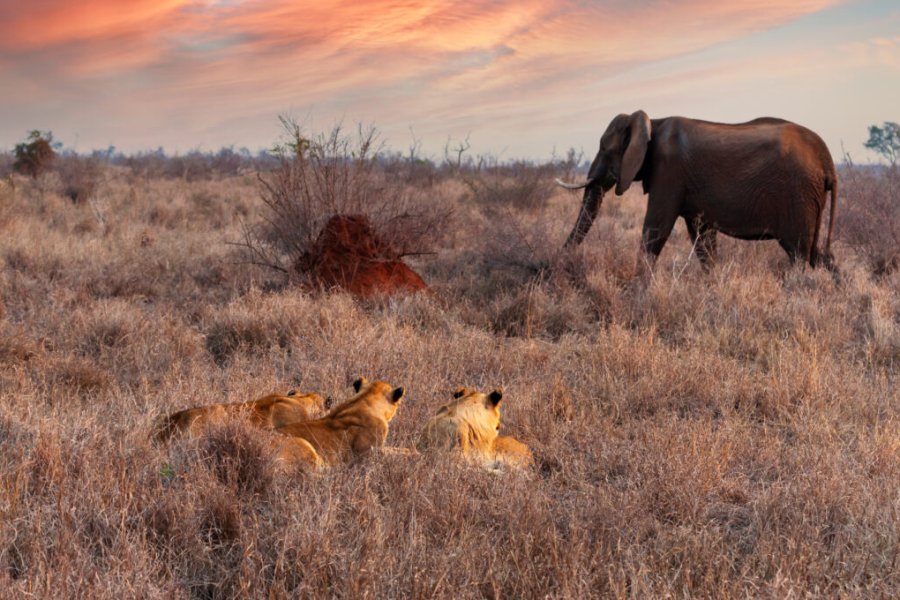Travel Guide Swaziland
The Kingdom of eSwatini, formerly known as Swaziland, is a real enigma in Africa. Its bucolic landscapes alternate between soothing mountains and lush valleys. This little-known country stands out for its lively, colorful traditions. The atmosphere is so warm and welcoming that visitors quickly feel at home, in stark contrast to the more palpable tensions in neighboring countries such as South Africa. The nature reserves are a sight to behold!
However, this idyllic picture is overshadowed by overwhelming social and public health challenges. With a poverty rate approaching 63%, the reality is far less rosy. Despite this, the spirit of eSwatini and its people remains steadfast, making it both a beautiful and complex destination. Explore a forgotten world between South Africa and Mozambique. This enchanting kingdom welcomes you to a whirlwind of colors, sounds and breathtaking landscapes. Thanks to our travel guide dedicated to this little-known destination, you'll know how to make the most of your stay, with the best hotels, unmissable restaurants and unmissable and unusual sights.
It's not size that counts, and eSwatini is the proof. In its nature reserves like Hlane, expect memorable animal encounters: from rhinos to elephants, the wildlife is diverse and fascinating. For a gentler outdoor adventure, Mlilwane Wildlife Sanctuary offers bike safaris or walks amidst exuberant nature.
For a city experience, don't miss Mbabane, the kingdom's capital. It's also a convenient base for exploring the Ezulwini Valley, known for its local crafts, hot springs and entertainment. Taste barbecued meats and seasonal vegetables - the flavours are varied and delicious! And discover Siswati, the dominant language. Finally, local festivals such asUmhlanga andIncwala are colorful, rhythmic spectacles that immerse you in Swazi culture.
When to go to Swaziland?
When to visit eSwatini? The best time to go to eSwatini is between May and September, when the climate is drier and temperatures are mild, fluctuating between 15 and 25°C. This is the ideal time to explore the mountains, green valleys and nature reserves that the country has to offer.
When to visit eSwatini for cultural events? December and January are rich in traditional celebrations, notably theUmhlanga, or reed dance: this is when unmarried women pay homage to the King and Queen Mother.
High season is from May to September. This is obviously the most expensive. The low season, from November to April, is more affordable, but rains are heavy, especially in the south of the country.
If you visit eSwatini in June or July, the climate is ideal for outdoor activities such as hiking and wildlife watching. In August and September, the climate remains pleasant and it's also a good time for safaris, even if the Big Five are not generally present in the local reserves.
When to go to eSwatini for the festivals? The month of September is particularly rich in festivities, notably the Bushfire Festival, which welcomes artists from all over Africa. If you're looking for the best compromise between climate, crowds and price, then May to September is the time to go.
Weather at the moment
The weather in eSwatini varies considerably according to season and region. The country enjoys a subtropical climate, with hot, humid summers and cooler, drier winters. The period from May to September corresponds to the high season, when the weather is generally mild and ideal for outdoor activities. The low season, from November to April, is marked by more frequent rainfall and high temperatures.
In the northernregion of Hhohho , the months of June to August are particularly pleasant, with temperatures ranging from 15 to 25°C. In Manzini and the south of the country, on the other hand, the rainy season is more pronounced, especially from December to February.
Expect hot summers, when the thermometer can reach 30°C, especially in the lower regions. In winter, temperatures can drop as low as 10°C at night in mountainous areas. Rainfall is more abundant during the low season. So, if you're planning to spend a lot of time outdoors, the high season from May to September is recommended.
Overall, eSwatini is a relatively affordable destination compared to other Southern African countries. The local currency is the lilangeni (SZL), which is pegged to the South African rand. Currency fluctuations are not very significant, but it's always a good idea to check before you leave.
We advise you to carry both cash and credit cards. Larger cities offer more exchange facilities and access to ATMs than rural areas.
Next, it's customary to tip around 10% of the total bill in restaurants and cabs.
Then there's the choice between budget accommodation such as youth hostels and campsites, three-star hotels and luxury establishments offering top-of-the-range services.
To enter eSwatini, a visa is not required for short stays (generally up to 30 days), a simple stamp at the border is applied. Make sure your passport is valid for at least six months from the date of entry into eSwatini, and has 2 blank pages.
Check vaccination requirements and other health guidelines, which may change according to global conditions. Formalities also include proof of sufficient funds for your stay as well as a travel itinerary or proof of accommodation.
For more specific and up-to-date information, we recommend consulting the website of your nearest eSwatini embassy or consulate. In addition, it's always a good idea to check travel alerts and advisories issued by your own government.
Ready to discover the majesty of eSwatini? First of all, we strongly advise you to update a few basic vaccinations such as diphtheria-tetanus-polio, measles-mumps-rubella and hepatitis B. You should also consider vaccinations against hepatitis A and typhoid. Beware of malaria, that old friend! It loves the wet season in eSwatini. Take anti-malarial medication, wear light-colored, covering clothing and, of course, an armada of mosquito repellents. Chikungunya and dengue fever also make an appearance. Planning a trip to the reserves off the beaten track? A preventive vaccination against rabies is recommended.
And that's not all! The country faces tuberculosis and cholera epidemics. If you come from a country with yellow fever, a vaccination certificate will be required. Please note that medical infrastructures are basic, and medicines may be out of stock. For major health concerns, South Africa is a more reliable neighbor.
Good health insurance and a well-stocked first-aid kit will be your best allies. You're all set for adventure!
Practical information
- When to travel?
- Weather forecast
- Budget
- Formalities
- Health
- How to travel by yourself?
- How to get organized?
- Getting around
Media
How to go to Swaziland? Our advice & tips
Travelling in a group is a bit like going on an expedition with a bunch of friends you haven't met yet. You benefit from the expertise of a local guide, who will lead you through majestic mountains, dense forests and even into local villages where you can dance with the locals.
And talk about flexibility! Don't like the idea of a fixed itinerary? Don't worry, many tour operators now offer à la carte options that allow you to customize your adventure to your liking. Safari one day, mountain hike the next? It's up to you! eSwatini awaits you, and a tour package gives you a stress-free stay in this magical kingdom. Come on board, a change of scenery is guaranteed!
Discover our selection of travel agencies for this destinationTravelling alone in eSwatini is an adventure that offers you the opportunity to experience absolute cultural immersion. Before you leave, do your homework! Study local customs, etiquette and, of course, visa and health requirements. So, what's the plan?
Accommodation : options fluctuate from youth hostels to wilderness lodges. If you're on your own, why not try a guesthouse for a more personal touch?
Itinerary: balance your time between majestic mountains, wildlife reserves and cultural experiences. Local markets are a great way to meet the locals.
Transport: public transport is limited. Consider renting a car or joining an organized tour for longer trips.
Safety: eSwatini is generally safe, but it's always a good idea to be vigilant, especially at night.
And finally, be flexible. The best experiences often come on a whim. But remember, an informed traveler is worth two, so stay informed and make the most of your solo journey!
How do you get around this multi-faceted country? Relax, we've got 5 tips for you!
1. Car hire: this is the most flexible and practical way of getting around the country at your own pace. Roads are in good condition, but take care if you venture onto dirt roads.
2. Consider local minibuses: they're often crowded and less comfortable, but they offer an authentic insight into local life.
3. Cabs are another option, especially for short trips into town. Don't forget to negotiate the fare in advance!
4. If you're more adventurous, you can even try hitchhiking. It's quite common and generally safe, but always use your common sense and good judgment.
5. For the more romantic or train fans, there's a picturesque railway line that runs through parts of the country. It's slow, but the views are incredible!







